April 1918
The First Battle of Amman was decisive for the fate of the Turkish Empire in Palestine. The British Egyptian army, which achieved a breakthrough in December 1917 in the vicinity of Gaza and Beersheba, was stopped by the allied troops in Palestine. The front then stretched near Jericho and Jerusalem, on the west bank of the Jordan River. Crossing the Jordan, the British tried to extend their attack eastwards, capturing Amman and the Palestinian section of the Hejaz railway. Amman was 48 km from the front line.
In the first phase of the surprise attack, the British managed to capture the garrison of Es Salt. At the end of March they reached Amman, where they encountered a determined defense. The allies managed to reinforce the garrison. The KuK artillery unit in the region, the von Marno mountain howitzer division, was also grouped here. A German infantry unit of 2,000 men sent there as reinforcements also took part in the defense. The air force also played a major role in the battle on both sides. The British retreated to the bridgehead established on the Jordan.
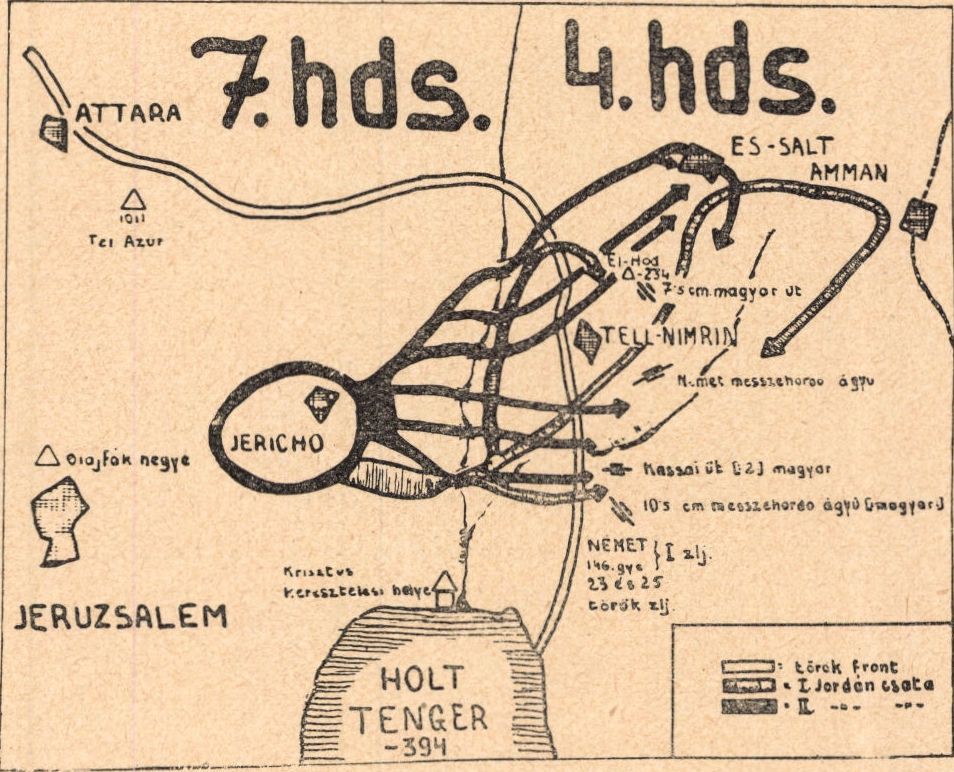
At the end of April, the British renewed their attack in the direction of Es Salt and Amman. Led by nomad Arab troops, they were able to send cavalry to the rear of the allied troops defending along the Jordan. Es Salt fell again, the army command stationed here was almost captured. Among the defenders caught between the croosfire was the von Marno howitzer division, which then suffered serious losses. The crew had to recapture the cannons taken by the enemy in close combat with a counterattack. The situation was saved by the Turkish cavalry, which was hastily sent there.
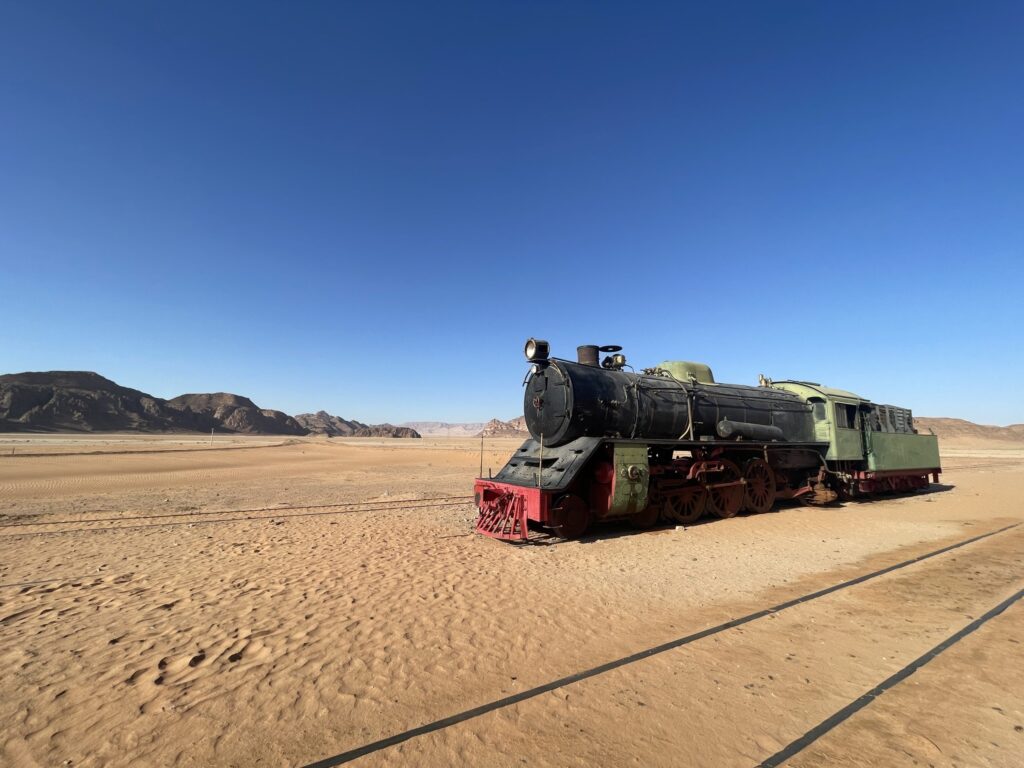
One of the goals of the attacks was the occupation of the Hejaz railway line, which was important for the supplies. This narrow gauge railway, built before and during the Great War, ran between Damascus and Medina and touched Amman. The opening image shows a section of the railway line near Amman. After the end of the Great War, this railway lost its importance. French and British occupation zones were established in the Arabian and Middle Eastern territories of the Turkish Empire. The protectorates were ruled by clans of local warlords, who had often fought each other in the past. So it is no wonder that they had no interest in maintaining the railway line connecting the various successor states. Around Amman, there are still many old railway sets and locomotives. Some of them have been renovated and are now displayed as tourist attractions.
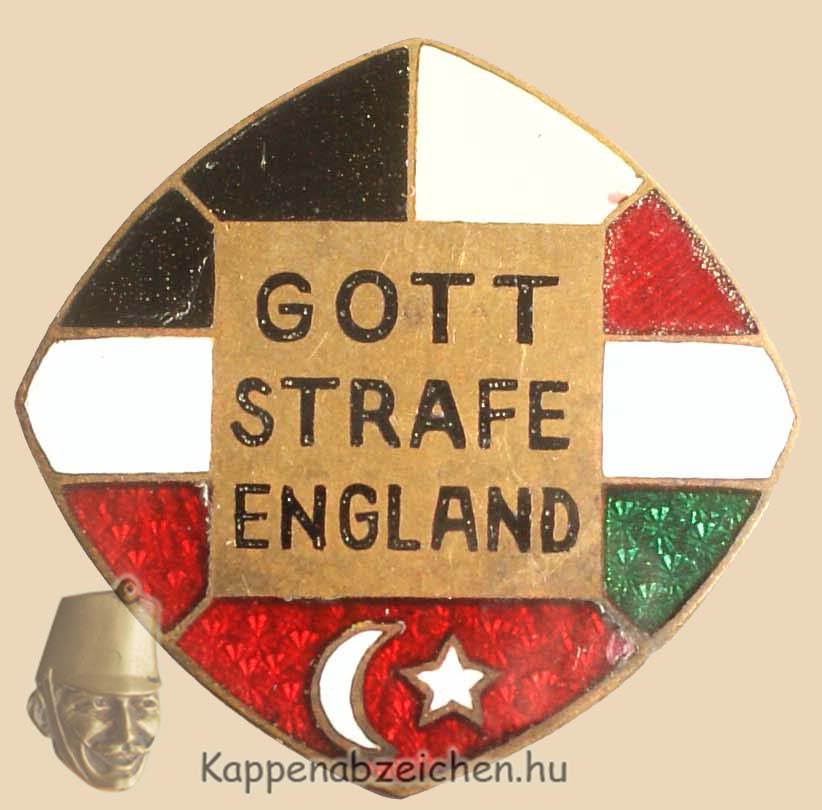
The battle along the Jordan in the spring of 1918 proved to be the last major success of the Turkish forces. The badge attached to this post is an anti-England patriotic badge. A relatively large variety of these were also made, on which the flags of the Central Powers provide a colorful background

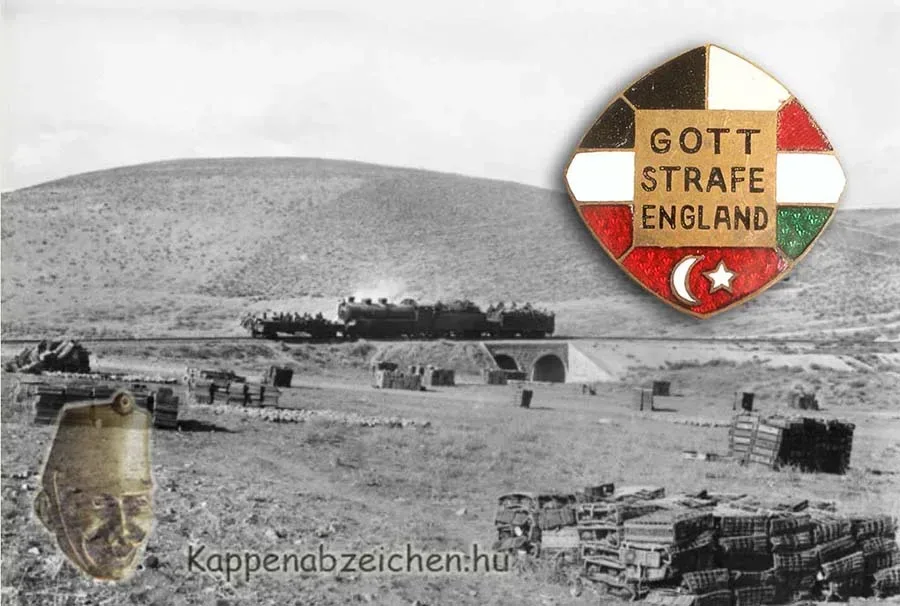

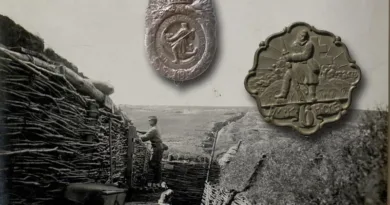
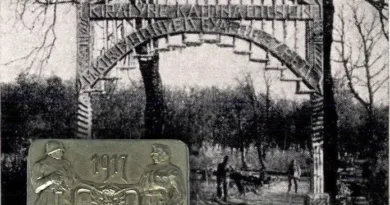
[…] Under the attack of the British troops, the Turkish forces had already been retreating for a year, but they were able to slow down the pace of the British advance with counterattacks. German and Austro-Hungarian soldiers sent to Palestine were also helping the Turkish troops. The commander-in-chief of the front was also a German general (Friedrich Kreß von Kressenstein, then Erich von Falkenhayn, later Otto Liman von Sanders). The Germans helped the Turks with one corps (Asia Corps), the Monarchy with artillery batteries and technical troops. The allies were able to temporarily stop the British attacks near Gaza and then Amman. […]